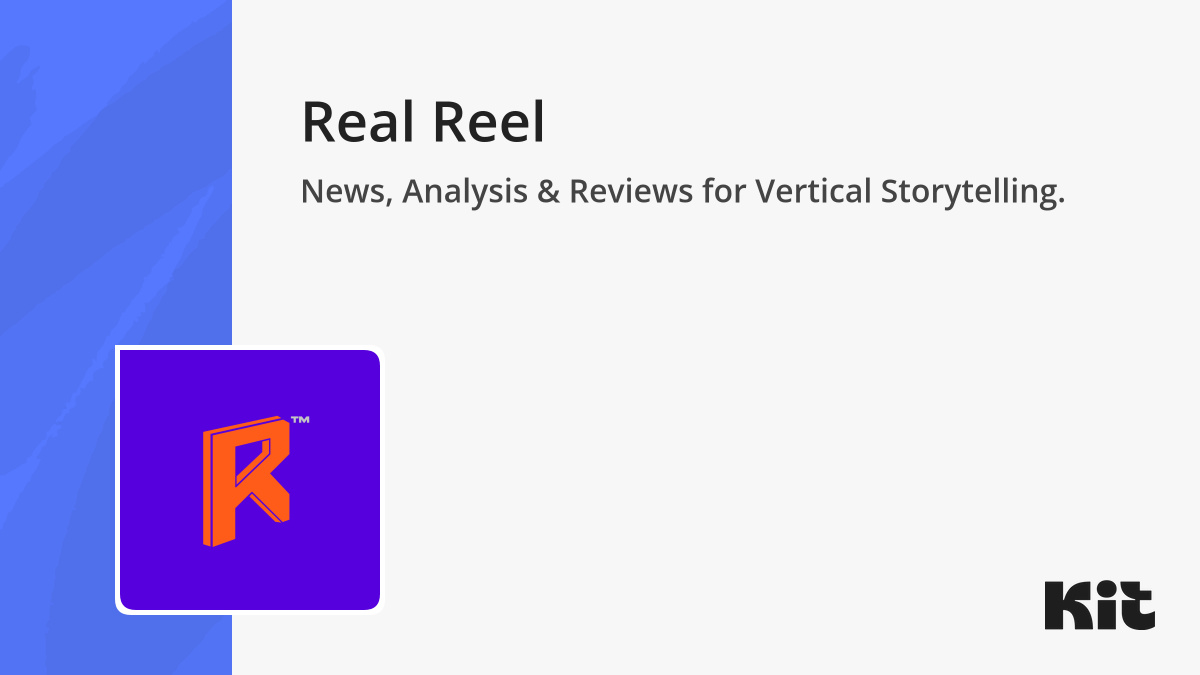A practical way to adapt a feature into a Vertical short drama

Treat the feature as source ore, not a finished object. The goal isn’t to preserve its shape; it’s to extract its charge: the conflict, the humiliations, the reversals, the secret you can’t unknow, and recast that charge into 90s engines.
Start with the spine, not the chronology
Forget the timeline. Pull the spine: What one conflict would the audience pay to see resolved? List the five humiliations your lead suffers, the three times they almost win, the two masks that get ripped off, and the one choice that costs them something real. That’s your current.
Now cut beloved subplots. Side characters and lovely detours, keep only what feeds a payoff every minute. If a beat doesn’t either sharpen a want, raise the stakes, or create a clean hook, CUT!
Build micro-episodes like tiny theaters
Outline 60–80 micro-episodes using a simple loop:
- Cold hook (0–3s): an image or line that would make you stop scrolling.
- Friction (3–30s): obstacle, accusation, clock, trap.
- Spike (30–55s): humiliation, reversal, confession, kiss, slap, discovery, ultimatum.
- Button (55–60s): a tilt, new threat, new question, or a “mini-win” that begs a bigger fight.
Think emotional math: one fresh wound or one fresh reward per minute. Trade “later it will matter” for “right now it hurts.” When you plan your release, aim for episode endings strong enough to make viewers pay or tap next without hesitation.
The attention economy in practice
Because Vertical short drama centers faces and “the point,” recompose everything to serve the performer:
- Frame for faces. Singles and stacked depth read better than wide geography. If it doesn’t serve the face or the crucial prop, it’s noise.
- Perform status, don’t just stage it. Power is center-of-frame, stillness under pressure, eye-line control, the breath before the lie.
- Make information visible. Don’t discuss the contract, show it in hand. Don’t imply the betrayal, let us see the read receipt. In a tall frame, props are co-stars.
This is the practical meaning of the attention economy: the important thing is the shot.
Compress logic, amplify feeling
Features earn moments with layers of cause and effect. In vertical, you often collapse steps to reach the feeling cleanly. That doesn’t mean nonsense; it means legible leaps. Replace a three-scene negotiation with a single public ambush. Swap a quiet realization for a visible receipt, a lipstick stain, a security clip. Be literal when literal sells faster.
Sound, text, and on-screen safe areas
Mix for phones: forward dialog, tight dynamics, ruthless clarity. Subtitles aren’t decoration; they’re part of the performance. Keep names, faces, and captions inside on-screen safe areas so nothing essential is covered by app UI. If a line matters, put it on screen, typed, circled, held up, because in the attention economy, reading is feeling too.
Titles, thumbnails, first three seconds
Treat titles like headlines, not labels (“You Took His Life. I’m Taking Yours.” beats “Episode 12”). Design thumbnails for faces and one prop. The first three seconds should look like conflict even before we hear it.
If your heart is in widescreen slow burn, protect that. Not every story should be vertical; not every emotion should be instantaneous.
But if you DO go vertical, go ALL IN: rebuild the story’s circuitry, aim the frame at the performer, and feed the attention economy with precise, high-voltage moments.
You’re not making a “short version of a movie.”
You’re making a different medium obey you.
Good Luck!
Real Reel™ Newsletter:







